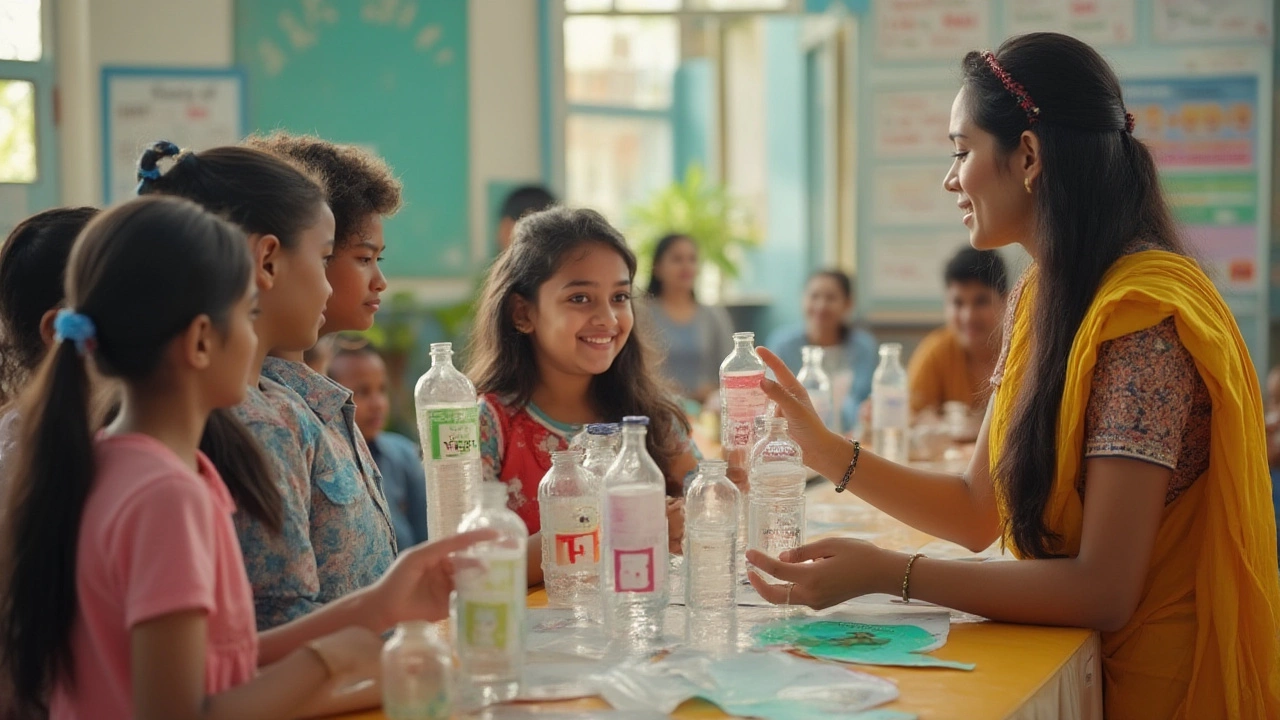Plastic Codes Explained: A Simple Guide for Everyone
Ever pick up a bottle, glance at the little number inside the recycling triangle, and wonder what it actually tells you? Those numbers are plastic codes, also known as resin identification codes. They help identify the type of polymer a product is made from, which in turn guides recycling facilities and manufacturers in handling the material correctly.
What Do the Plastic Codes Mean?
The system uses a triangle of three arrows surrounding a number from 1 to 7. Each number corresponds to a specific plastic family:
- 1 – PET (Polyethylene Terephthalate): Common in water bottles and soda cans. Easy to recycle into new bottles or polyester fibers.
- 2 – HDPE (High‑Density Polyethylene): Found in milk jugs, detergent bottles, and grocery bags. Often turned into new containers or piping.
- 3 – PVC (Polyvinyl Chloride): Used for pipe, window frames, and some food wrap. Recycling is limited because of additives.
- 4 – LDPE (Low‑Density Polyethylene): Soft plastic film, grocery bags, and squeezable bottles. Can be re‑processed into trash can liners.
- 5 – PP (Polypropylene): Yogurt containers, bottle caps, and straws. Frequently recycled into automotive parts or reusable containers.
- 6 – PS (Polystyrene): Foam packaging, disposable cutlery, and CD cases. Recycling is challenging but some facilities accept it.
- 7 – Other: Includes polycarbonate, bioplastics, and mixed plastics. Requires special handling.
Knowing these basics helps you decide what goes into the recycling bin and what might need special disposal.
Why Plastic Codes Matter for Manufacturers and Consumers
For manufacturers, the codes act like a shorthand for raw material selection. When you specify a certain grade of HDPE, suppliers know exactly which polymer you need, reducing mix‑ups and waste. It also makes it easier to comply with regulations like India’s Plastic Waste Management rules, which require clear labeling for end‑of‑life handling.
For consumers, the codes offer a quick way to check if the product you’re buying can be recycled locally. Not all municipalities accept every type, so a quick look at the number can save you a trip to the landfill.
Here are three practical tips to make the most of plastic codes:
- Check local recycling guidelines: Some areas accept only #1 and #2. Knowing this helps you separate waste correctly.
- Buy products with recyclable codes: When you see a #5 cap, you know it’s more likely to find a recycling stream than a #3 PVC bottle.
- Educate your team: If you run a small workshop, label every raw material container with its code. It prevents mixing and speeds up waste sorting.
In India, the push for a circular economy is gaining momentum. Companies that clearly label their plastic components with the correct code not only comply with the extended producer responsibility (EPR) rules but also build trust with environmentally‑aware customers.
Remember, plastic codes are not a guarantee that a product will be recycled—just a guide. The real outcome depends on local infrastructure, consumer behavior, and how well manufacturers design for reuse.
Next time you reach for a plastic item, take a second to spot the triangle and the number. It’s a tiny step that adds up to bigger change for the planet and for your business.

What Does the Number 1 on Plastic Really Mean? Safe Uses, Dangers, and Recycling Tips
Find out what plastic number 1 means, why it matters, and how to reuse or recycle PET plastics safely. This guide explains risks, recycling tips, and surprising facts.
Read More